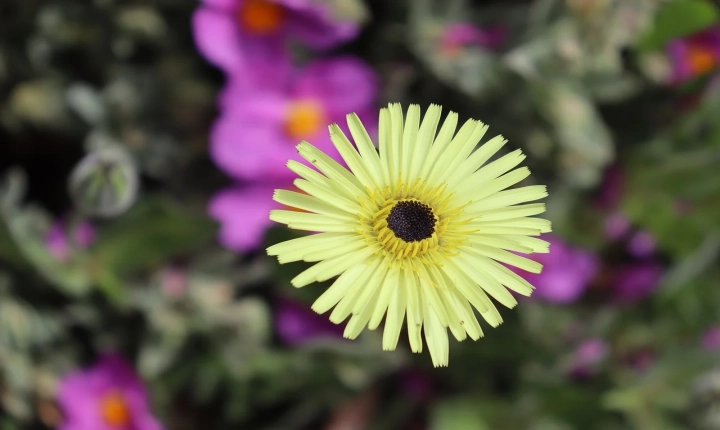Turning an AI file into a PSD: A Step-by-Step Guide
Adobe Illustrator (AI) and Adobe Photoshop (PSD) are two of the most popular design tools used by professionals and enthusiasts alike. While AI is best known for its vector-based design capabilities, PSD is revered for its powerful photo editing and raster-based design features. Sometimes, you may find yourself needing to convert an AI file into a PSD file to take advantage of the unique features offered by Photoshop. Whether it’s for further editing, adding effects, or any other purpose, the process is relatively simple and straightforward. In this article, we’ll provide you with a step-by-step guide on how to turn an AI file into a PSD.
Step 1: Open the AI file in Adobe Illustrator
Begin by launching Adobe Illustrator and opening the AI file that you want to convert to a PSD. Once the file is open, take a moment to review and ensure that all the elements and layers within the file are organized and named properly. Proper organization will make the process of converting the file to PSD much smoother and easier.
Step 2: Preparing for Export
Before we proceed with the actual conversion, it’s important to ensure that the AI file is compatible with Photoshop. To do this, go to ‘File’ > ‘Export’ and select ‘Export As’. In the export options, ensure that the file format is set to ‘Photoshop (psd)’ and adjust any other settings as per your requirements. Then, click the ‘Export’ button to save the file as a PSD.
Step 3: Adjusting the Export Settings
In the export dialog box, you may have the option to adjust the settings based on your specific needs. This may include setting the resolution, color mode, and other export options. Make sure to select the appropriate settings to ensure that the resulting PSD file meets your design requirements.
Step 4: Opening the PSD File in Photoshop
Once the export process is complete, navigate to the location where you saved the PSD file and open it using Adobe Photoshop. Take a moment to review the layers, effects, and other elements to ensure that everything has been appropriately translated from AI to PSD.
Step 5: Final Touches and Adjustments
After opening the PSD file, you may find the need to make some final touches and adjustments. Since Photoshop offers a range of unique tools and features, feel free to take advantage of them to further enhance your design. This may include adding filters, adjusting colors, applying layer styles, or any other modifications to achieve the desired result.
Step 6: Save and Export
Once you are satisfied with the adjustments, it’s time to save and export the PSD file. Go to ‘File’ > ‘Save As’ and choose the appropriate file format and settings. After finalizing the options, click the ‘Save’ button to save the PSD file.
In conclusion, converting an AI file into a PSD is a relatively simple process that can be completed in just a few steps. By following the steps outlined in this guide, you can seamlessly transition your design from Adobe Illustrator to Adobe Photoshop while retaining the integrity of the original file. Whether it’s for photo editing, adding effects, or any other purpose, having the ability to convert and work across different design software is a valuable skill for any designer or creative professional.
